Calamansi Fruit: Expert Guide To Flavor, Uses & Growing
Explore the vibrant taste, history, and versatile uses of calamansi—a beloved citrus from Southeast Asia making waves worldwide.
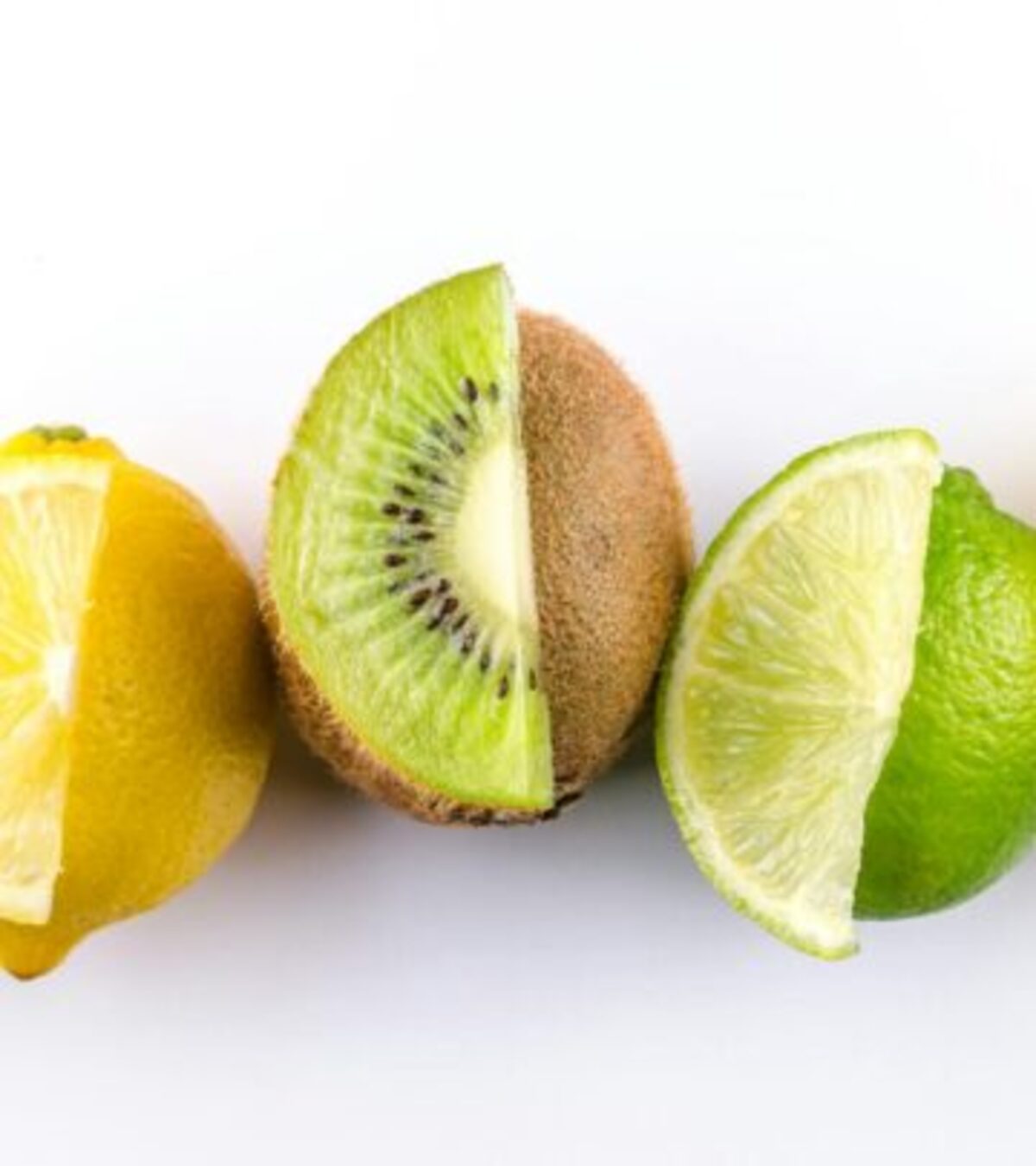
Calamansi: Southeast Asia’s Petite, Powerful Citrus
Calamansi, also known as calamondin, Philippine lime, or Citrus × microcarpa, is a diminutive citrus fruit cherished across Southeast Asia for its remarkable flavor and versatility. Ubiquitous in Filipino and Indonesian kitchens, calamansi is gaining attention worldwide for its tartness, aroma, and culinary potential. Whether used as a tangy condiment, a thirst-quenching beverage, or a lively accent in desserts, calamansi’s appeal lies in its ability to deliver a punch of citrus brightness in a tiny package.
What is Calamansi?
Calamansi is a small, round citrus fruit with a thin, sweet-tart skin and a vibrant, juicy interior. Its scientific name, Citrus × microcarpa, hints at its hybrid origins: a likely cross between kumquat and mandarin orange. The fruit is harvested green, when it’s mature but not yet fully ripe, revealing an orange flesh beneath its emerald skin. Left on the tree, the skin turns yellow to orange, signaling peak ripeness. While sometimes mistaken for limes or miniature tangerines, calamansi’s flavor profile—a complex interplay of sourness and fragrance—sets it apart.
- Other names: Calamondin, Philippine lime, golden lime, musk lime, or kalamansi.
- Origin: Native to the Philippines and parts of Indonesia, cultivated widely in Malaysia, Brunei, Taiwan, southern China, and now beyond.
- Botanical Family: Rutaceae (citrus family), making it a cousin to oranges, lemons, and yuzu.
A Brief History and Botanical Origins
Calamansi’s story weaves through centuries of cultivation in Southeast Asia. Botanists trace its roots to either southern China or the Philippine archipelago, where it became an agricultural and cultural mainstay. Philippine folklore and culinary tradition are intimately tied to calamansi, while the fruit’s hardiness has led to its spread across Indonesia, Malaysia, and more recently, parts of India, China, and warm regions of the United States. As a natural hybrid, calamansi’s parentage produces a fruit with the tart zing of kumquat and the aromatic skin reminiscent of mandarin, making it truly unique among citrus varieties.
Visual Appeal: Size, Skin, and Seeds
Calamansi’s visual charm lies in its petite size—just about the width of a golf ball—and its thin, delicate skin. When cut open, its interior glows a bright, almost tropical orange, contrasting with a green or yellowish exterior. The skin is fragrant and easily pierced by hand, and the segments within hold an abundance of juice. Despite its size, calamansi is extraordinarily juicy. Inside, you’ll also find several seeds, which—like those of yuzu—are used in traditional remedies as well as contemporary skincare products owing to their mild exfoliating properties and vitamin content.
- Skin: Thin, aromatic, edible (like kumquat), with minimal pith
- Flesh: Bright orange, packed with juice
- Seeds: Numerous, sometimes used for folk and commercial skincare
Where Calamansi Thrives: Growing Regions and Conditions
Calamansi grows prolifically throughout Southeast Asia, with a particular abundance in the Philippines. The tree is prized for its adaptability, tolerating a range of tropical to subtropical climates. Outside Asia, specialty growers in southern California, Florida, and even Hawaii are experimenting with calamansi production. The trees bear fruit after about four years, making them popular candidates for home gardens, especially in warm climates where they can be grown in-ground. In regions with colder winters, calamansi can be cultivated in pots and overwintered indoors.
Growing Calamansi at Home: Tips for Gardeners
- Container Growing: Calamansi adapts well to pots; choose well-draining soil and a large enough container for root expansion.
- Watering: Regular but not excessive moisture; allow topsoil to dry slightly between waterings.
- Light: Prefers full sun for optimal fruit production.
- Climate: Thrives in USDA Zones 9-11; bring indoors if temperatures drop below 50°F (10°C).
- Time to Fruit: Expect fruiting 3-4 years after planting.
Flavor Profile: What Does Calamansi Taste Like?
Calamansi delivers an intensely bright, sour flavor with a subtle sweet note from its skin. The taste is often described as a cross between lime, mandarin, and kumquat—all packed into one miniature fruit. While the juice is very tart, the skin adds a gentle perfume that enhances both savory and sweet dishes. Used green, calamansi is sharper and more acidic; as it ripens and the skin turns yellow-orange, it develops a mellow, slightly sweeter edge. This complexity makes it a prized citrus for cooks seeking bold flavor as well as aromatic nuance.
Culinary Uses: How Calamansi Stars in the Kitchen
Few citrus fruits offer the culinary versatility of calamansi. In Southeast Asian cuisine, it’s a staple ingredient for both everyday and celebratory dishes. Below are some of the most popular applications:
- Condiments: Dipping sauces, mixed with soy or fish sauce for meats, seafood, and vegetables.
- Beverages: Fresh calamansi juice—sweetened or unsweetened—is a refreshing thirst-quencher; also used in cocktails, teas, and smoothies.
- Marinades: The fruit’s acids tenderize meat and infuse flavor, especially in chicken, pork, and seafood dishes.
- Desserts: Adds brightness to cakes, tarts, ice cream, and candies; sometimes candied or preserved in syrup.
- Garnishes: Sliced or squeezed over noodle dishes, soups, grilled foods, or salads for a finishing zing.
“Calamansi juice is the Filipino version of an immune system booster and organic vitamin C.”
Popular Calamansi Recipes
- Calamansi Juice (Filipino Lemonade): Juice of calamansi fruits, water, and sugar or honey.
- Pancit Canton: Filipino stir-fried noodles finished with a squeeze of fresh calamansi.
- Kinilaw: A Filipino ceviche, marinated in calamansi juice mixed with vinegar, onions, and chili.
- Toyo-Mansi: Soy sauce and calamansi dip, ubiquitous on Filipino tables.
- Calamansi Marmalade: Sweet-tart preserves made from whole fruit.
Beyond the Kitchen: Traditional and Modern Uses
Calamansi’s popularity isn’t limited to culinary applications. In folk medicine, the juice is used as a remedy for coughs, colds, and as an immune booster. The seeds—like those of yuzu—are sometimes found in skincare products for their purported soothing and brightening properties. The essential oils from the skin serve as natural flavoring agents and fragrances in commercial products, from candies to soaps. In the garden, calamansi trees make attractive, fragrant ornamentals, especially admired when in bloom or heavy with fruit.
- Health Benefits: Rich in vitamin C and antioxidants, with reported antimicrobial and immune-boosting properties.
- Skincare: Seeds and extracts used for their cleansing and brightening effects.
- Natural Cleaning: Juice’s acidity used traditionally as a mild cleanser/degreaser.
Calamansi vs. Other Citrus Fruits: A Quick Comparison
| Citrus Type | Flavor Profile | Common Uses | Origin |
|---|---|---|---|
| Calamansi | Tart, aromatic, slightly sweet skin | Dips, drinks, marinades, desserts | Southeast Asia |
| Yuzu | Tart, floral, mellow | Sauces, ponzu, desserts, cocktails | East Asia (Japan, Korea, China) |
| Lime | Sharp, tart, less aromatic | Drinks, condiments, savory dishes | Southeast Asia, Americas |
| Kumquat | Sweet edible skin, tart flesh | Snacking, marmalade, candied | China, Southeast Asia |
Calamansi Outside Southeast Asia: Growing Interest and Availability
The global fascination with specialty citrus is propelling calamansi into new culinary spotlights. Chefs in North America and Europe are experimenting with calamansi in cocktails, desserts, and modern fusion cuisine. Specialty grocery stores and farmers’ markets occasionally offer fresh or frozen calamansi, while bottled juice and extracts are increasingly available online. For citrus enthusiasts, nurseries supply potted calamansi trees and offer guidance on cultivating this tropical treasure in home gardens—even indoors with sufficient light.
Tips for Using Calamansi in Western Kitchens
- Substitute: In recipes, calamansi can often stand in for lemon or lime, offering a unique twist.
- Storage: Store fresh calamansi in the refrigerator for up to two weeks; juice can be frozen in ice cube trays for future use.
- Peeling: The skin is edible, but for some uses, you may prefer to juice the fruit and discard seeds and peel.
- Preserves: Make marmalade, candied slices, or syrups to capture the flavor year-round.
Frequently Asked Questions (FAQs)
Q: How is calamansi different from lime or lemon?
A: Calamansi is much smaller than typical limes or lemons, with thinner, sweeter skin and a more fragrant, complex flavor that combines tartness with subtle sweetness. It’s commonly used green, before the skin turns orange, and offers a unique taste experience.
Q: Can I grow calamansi indoors?
A: Yes, calamansi can be grown in pots indoors, provided they receive ample sunlight (at least 6-8 hours per day) and are protected from frost. They make attractive houseplants and can fruit indoors with the right care.
Q: Is calamansi healthy?
A: Calamansi is rich in vitamin C, antioxidants, and other nutrients. It is traditionally used as an immune booster and is popular as a natural remedy for coughs and colds in the Philippines and Southeast Asia.
Q: Where can I buy calamansi in the US or Europe?
A: Fresh calamansi is available at some Asian grocery stores and farmers’ markets, especially in areas with large Filipino or Southeast Asian communities. Bottled calamansi juice, concentrated extracts, and sometimes frozen fruit can be found online or in specialty shops.
Q: What is the best way to use calamansi in cooking?
A: Use calamansi wherever you’d use lemon or lime for a brighter, more floral twist. It’s excellent in dipping sauces, marinades, beverages, salad dressings, desserts, and as a finishing squeeze over grilled meats or vegetables.
Conclusion: The Rising Star of Citrus
Once a well-kept secret of Southeast Asian cuisine, calamansi is quickly capturing hearts and taste buds worldwide. Its petite form, intense flavor, and tropical charm make it a must-try for gardeners and cooks alike. As global curiosity for unique citrus grows, calamansi stands poised to become—as its cousin yuzu before it—a darling of trendsetters and home cooks everywhere. Whether you grow it in your garden or savor it in your kitchen, calamansi is the citrus that proves sometimes, big flavor comes in the smallest packages.
References
- https://en.wikipedia.org/wiki/Calamansi
- https://www.gardenista.com/posts/calamansi-small-citrus-fruit-southeast-asia/
- https://www.stclementscitrus.com/post/discovering-calamansi-the-tiny-citrus-with-big-flavor
- https://www.bokksumarket.com/blogs/magazine/calamansi-the-amazing-filipino-fruit
- https://www.hotbot.com/articles/explore-the-wonders-of-calamansi-fruit/
Read full bio of Anjali Sayee





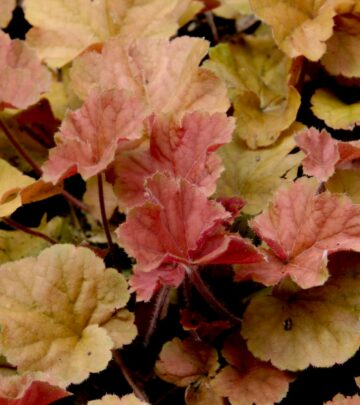

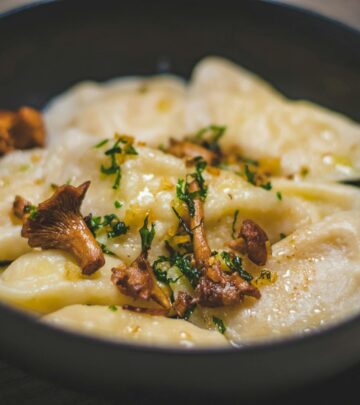


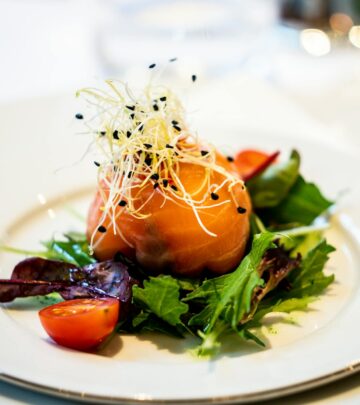



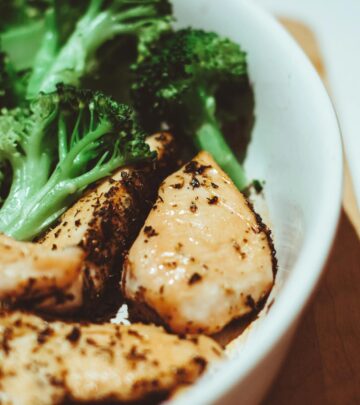

Community Experiences
Join the conversation and become a part of our empowering community! Share your stories, experiences, and insights to connect with other beauty, lifestyle, and health enthusiasts.